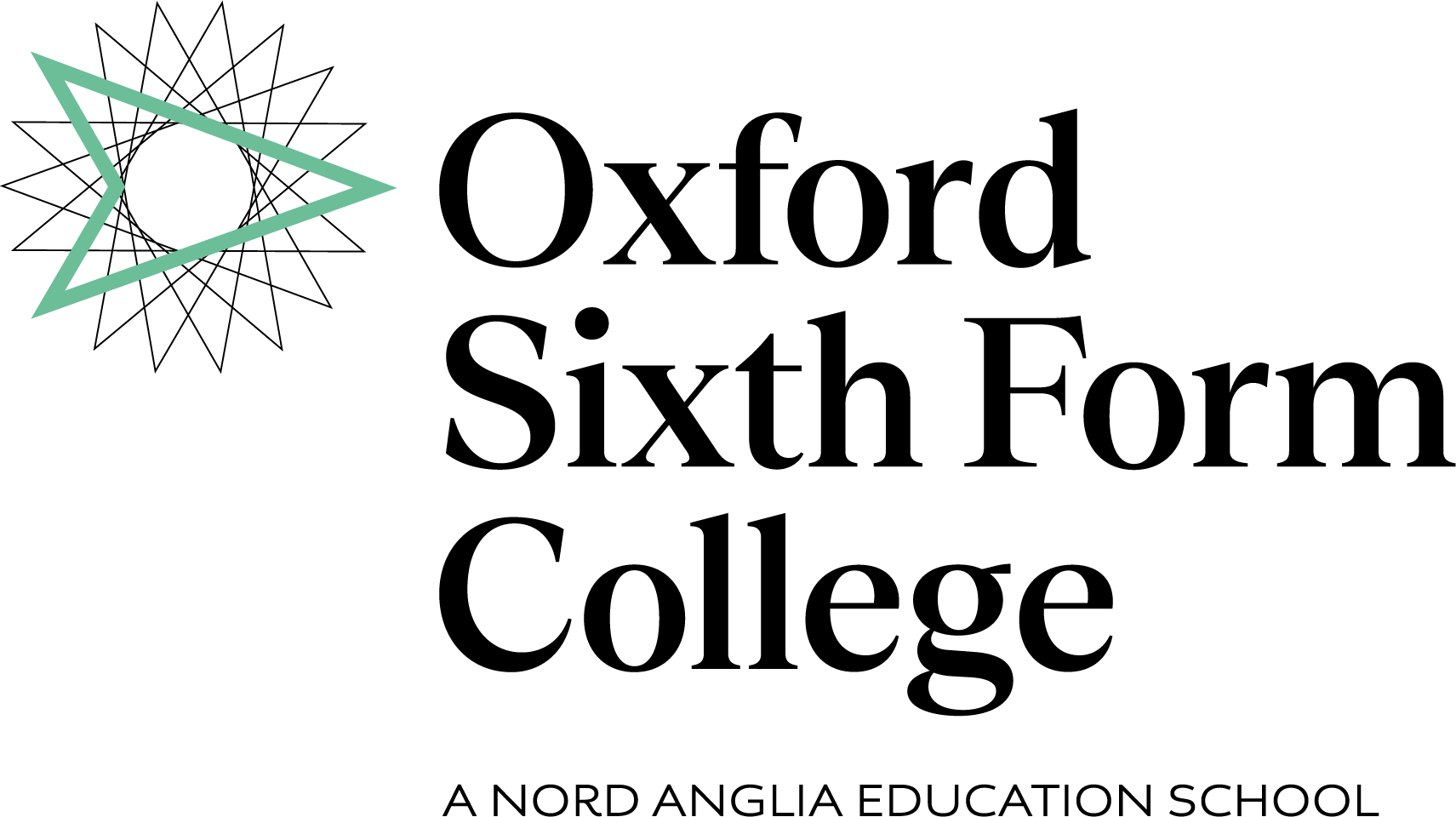
A-Level Art and Design
Art allows A-Level students to explore their creativity through a range of styles and techniques. Students are also encouraged to contextualise their work in relation to that of existing artists or movements, and through an understanding of real-world contexts in addition to the creative process in industries using art and design. By the end of the course, students will have produced a portfolio of work through the creation of sketchbooks, mounted sheets, maquettes, prototypes, digital presentations, animation, scale models or illustrated written work. They also produce a 1,000-word thematic essay explaining the context in which their chosen practical portfolio exists. This may be established by exploring the genre, subject matter, movement or historical framework of the course of study or theme selected.
What is Art and Design?
Art allows students a great degree of autonomy and self-reliance. Tutors offer practical advice or ideas to allow students to begin their exploration of art; students then develop an original and personal response to a theme, artist or idea. Tutors support the student as the work progresses, offering a critical response and helping to establish what techniques will be employed to achieve an excellent final piece.
How is it studied?
OCR A-Level Art is taught within the two-year A-level programme.
Art is taught in small groups in a dedicated art studio, and there is an emphasis on guided practical work. Most of the course will cover work on paper, either via drawing, painting or printing, although some 3D modelling is possible. Students will explore a range of genres including portraiture; landscape; still life; the human form; abstraction; experimental imagery, narrative; and working in a genre. Throughout the course, emphasis is on the student’s own creative process, with the aim of defining both a successful portfolio and ideas about the style and genre of the final examination piece. Visits to local and national art exhibitions are woven into the course to expose students to a range of artists and styles, which they can use or respond to through their own work.
How is A-Level Art and Design assessed?
Exam Board: OCR
| Unit | Modules | Weighting | Format |
| 1 | Personal Investigation that includes a portfolio of practical work and a written study of 1,000 words | 60% | Portfolio and essay produced during course |
| 2 | Externally set task | 40% | External Exam: 15 hours |
What do I need?
5 GCSEs grade 5 or above including Maths and English or equivalent international qualifications.
For international students who have taken IELTS, we require an overall score of 5.5 with a minimum of 5.5 for the reading and writing components.
For international students who have taken IGCSE English (Second Language), we require grade 5 or above.
Although Art at GCSE or IGCSE would be helpful, many students join the course with no qualification in the subject but are able to present a portfolio of work for the College to assess. Students need to possess some practical skills, although specific techniques are developed throughout the course. An ability to draw is a benefit.
What should I study with Art and Design?
Art and Design can be studied with any subject. Its nature means that it can benefit any subject combination by offering a more creative and practical approach. In combination with A-Level Photography and or A-level Graphic Communication, it can support applications to Art degrees and Art Foundation courses, although it can also be studied on its own to allow access to these courses. Combined with the A-Levels of Mathematics and Physics, it makes a sound basis for an application for architecture courses.
What can I do with A-Level Art and Design?
Most students progress to an Art Foundation course after A-Levels but it is possible to achieve direct entry into an art degree course if your work is of an excellent standard.
A post-A-Level Art Foundation course is the traditional route onto Art and Design degree courses as an Art Foundation course builds on the A-Level and allows students to explore a wider variety of artistic skills, including working in sculpture, metal or plastic.
Questions about the course
Is Art an acceptable subject for access to top universities?
Art is essential if you are aiming for an Art foundation course or direct entry into an art degree. It is accepted by all universities, but you may need to combine it with two academic subjects if you are aiming to study a competitive academic subject at a top university.
Related Subjects
Accreditations



